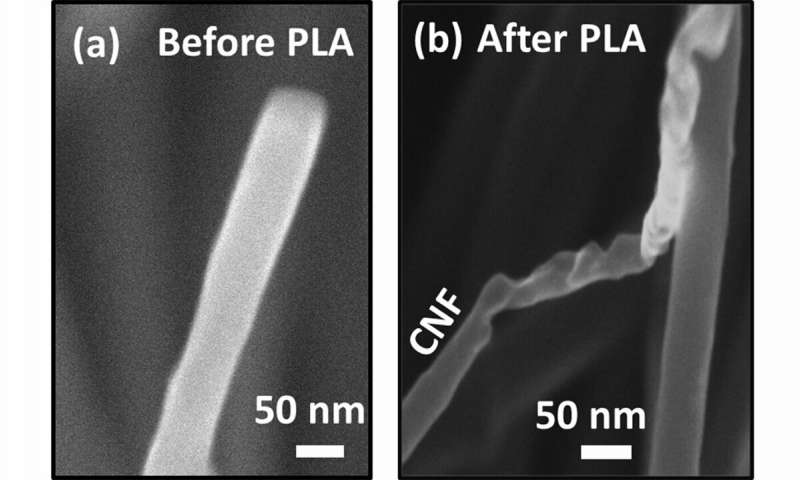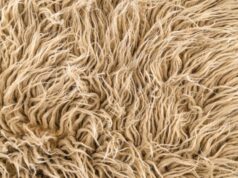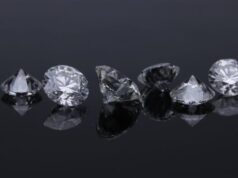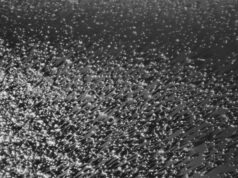Research from North Carolina State University has demonstrated a new technique that converts carbon fibers and nanotubes into diamond fibers at ambient temperature and pressure in air using a pulsed laser method.
The conversion method involves melting the carbon using nanosecond laser pulses and then quenching, or rapidly cooling, the material.
These diamond fibers could find uses in nanoscale devices with functions ranging from quantum computing, sensing and communication to diamond brushes and field-emission displays. The method can also be used to create diamond-seeded carbon fibers that can be used to grow larger diamond structures using hot-filament chemical vapor deposition and plasma-enhanced chemical vapor deposition techniques. These larger diamond structures could find uses as tool coatings for oil and gas exploration as well as deep-sea drilling, and for diamond jewelry.
Previous methods used to convert non-diamond carbon to diamond have involved using extreme heat and pressure at great expense with a limited yield. Melting the carbon with laser pulses and then undercooling it with a substrate made of sapphire, glass or a plastic polymer are the two keys to the discovery, said Dr. Jagdish Narayan, John C. Fan Distinguished Chair Professor in the Department of Materials Science and Engineering at NC State and corresponding author of a paper describing the work.
“Without undercooling, you cannot convert carbon into diamond this way,” Narayan said.
Find your dream job in the space industry. Check our Space Job Board »
When heated, carbon normally goes from a solid state to a gas. Using a substrate restricts heat flow from the laser pulse enough that the carbon does not change phases.
The laser, similar to those used for Lasik eye surgery, is used for only 100 nanoseconds and heats the carbon to a temperature of 4,000 Kelvin, about 3,727 degrees Celsius.
The paper, “Direct conversion of carbon nanofibers and nanotubes into diamond nanofibers and subsequent growth of large-size diamonds,” is published in Nanoscale, a journal of the Royal Society of Chemistry.
Provided by:
North Carolina State University
More information:
J. Narayan et al. Direct conversion of carbon nanofibers and nanotubes into diamond nanofibers and the subsequent growth of large-sized diamonds. Nanoscale (2019). DOI: 10.1039/C8NR08823C
Image:
High-resolution scanning electron microscopy images of (a) a carbon nano fiber (CNF) before pulsed laser annealing (PLA) technique, (b) CNF after PLA showing the conversion of carbon nano fibers into diamond nano fibers.
Credit: North Carolina State University











